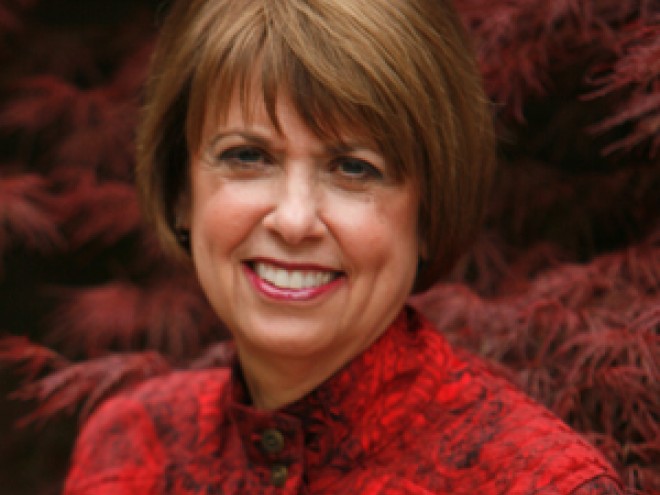By
– December 16, 2011
Since 9/11, many books have been written and published to reassure children that there is hope for our world. In her preface, Jane Breskin Zalben says that this was her impetus in writing and illustrating Light. She attributes the narrative of the story to Rabbi Isaac Luria, whom she credits with the founding of Kabbalah. (According to the Encyclopedia Judaica, he was not the founder of Kabbalah, but a renowned Kabbalah scholar and thinker.) According to his midrash, the secret workings of creation are part of a “vast cosmological drama which is enacted in order to rectify the original blemish in the world and to restore everything to its proper place.” Light is just twenty-four pages long, with under ten words on a page. The author has secularized Rabbi Luria’s midrash by omitting the words “God” and “holy.” Instead she uses the words “Creator” and “special.” The book talks about man being created to complete the world by recovering the lost light, and finding that “the light in animals’ loving eyes and sometimes in themselves would bring contentment, joy and peace, and that when they shared it with one another there was no more hate, hunger or war.” The values of tikun olam in the book are derived from Judaism, but are not identified as specifically Jewish. Zalben’s multi-media paintings for this book are notably different from the art in her many popular previous books, where a delicately detailed small bear family is presented celebrating Jewish holidays and cooking good food together. The illustrations for Light are large and free, and show a textured canvas full of interesting images made with a fascinating array of materials. Along with acrylic and oil based paint, pastel, colored pencil, and crayons, the artist notes that she has included “gel polymer medium mixed with sand, dirt, leaves, table salt, sea salt, linseed oil, water, turpentine, baking powder, Comet, Windex, and Clorox sprays, as well as quinoa seeds, kasha grains, seaweed flower petals, berries and vines.” With all of this artistic freedom, it is surprising that the typeface chosen for the text is a bold black font without variation of line or thickness. These static letters seem unsuited for the grainy, nuanced backgrounds of Zalben’s evocative paintings. It is also surprising that the chosen cover art is a shiny explosion of geometric shapes that does not seem to match the lovely paintings within. Hopefully, this beautifully artistic book can find an audience. Ages 4 – 10.
Reading Guide
Naomi Morse managed a public library children’s room in Montgomery County, Maryland for many years, and then worked as head librarian at the Charles E. Smith Jewish Day School Lower School in Rockville, Maryland. She has served on AJL’s Sydney Taylor Committee, and last year (2008) was a member of ALA’s Caldecott Committee. She is an independent book reviewer.





